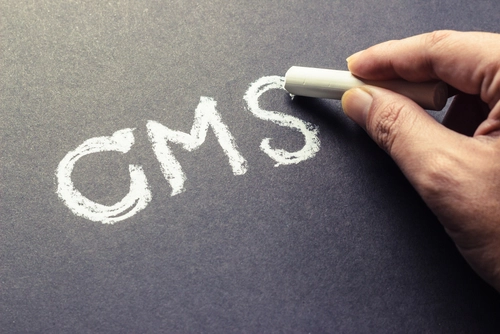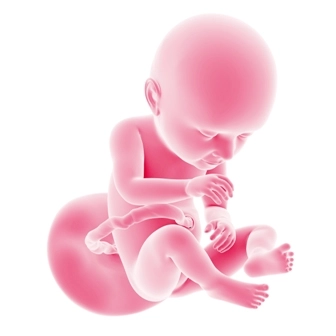Anesthesia Coding Alert
Diagnosis Coding:
These Upcoming ICD-10 Changes Factor into Patient Circumstances
Published on Wed Sep 15, 2021

You’ve reached your limit of free articles. Already a subscriber? Log in.
Not a subscriber? Subscribe today to continue reading this article. Plus, you’ll get:
- Simple explanations of current healthcare regulations and payer programs
- Real-world reporting scenarios solved by our expert coders
- Industry news, such as MAC and RAC activities, the OIG Work Plan, and CERT reports
- Instant access to every article ever published in Revenue Cycle Insider
- 6 annual AAPC-approved CEUs
- The latest updates for CPT®, ICD-10-CM, HCPCS Level II, NCCI edits, modifiers, compliance, technology, practice management, and more
Related Articles
Other Articles in this issue of
Anesthesia Coding Alert
- Documentation:
Follow These 4 Steps to ‘Unlisted Procedure’ Success
Keep your supporting documentation simple but clear. Every coder wants to be as specific as [...] - Coverage:
Take a Fresh Look at Your State’s Telehealth Laws
Hint: All doesn’t remain equal across state lines. Telehealth services and the waivers and flexibility [...] - Diagnosis Coding:
These Upcoming ICD-10 Changes Factor into Patient Circumstances
Pay special attention to the options in 3 categories. When ICD-10-CM changes go into effect [...] - You Be the Coder:
Use This Simple Solution to Report More Modifiers
Question: We are billing for anesthesia and have a Blue Shield claim that needs five [...] - Reader Questions:
Stick with Cervical/Thoracic Code for Block to T12-L1
Question: The pain management provider administered medial branch blocks at T10 -T11 and T11-T12 to [...] - Reader Questions:
Start with 00400 for Anesthesia During Dressing Change
Question: What is the correct code for reporting a dressing change under sedation? Pennsylvania Subscriber Answer: The [...] - Reader Questions:
Get Documentation in Order to Justify Medical Necessity
Question: How do you handle the medical necessity for anesthesia on a procedure that, according [...] - Reader Questions:
Watch Payer for Use of Modifier PT
Question: On a recent audit, I had a deduction for the use of the PT [...] - Reader Questions:
Report Tendon Sheath Injections with 20550
Question: I’m new to pain management, but it seems like I’m always coding for a [...]
View All




